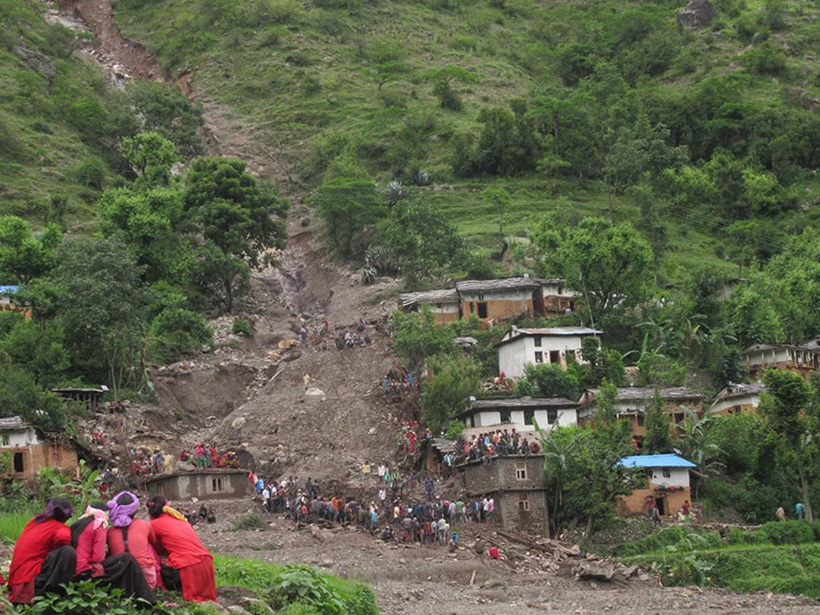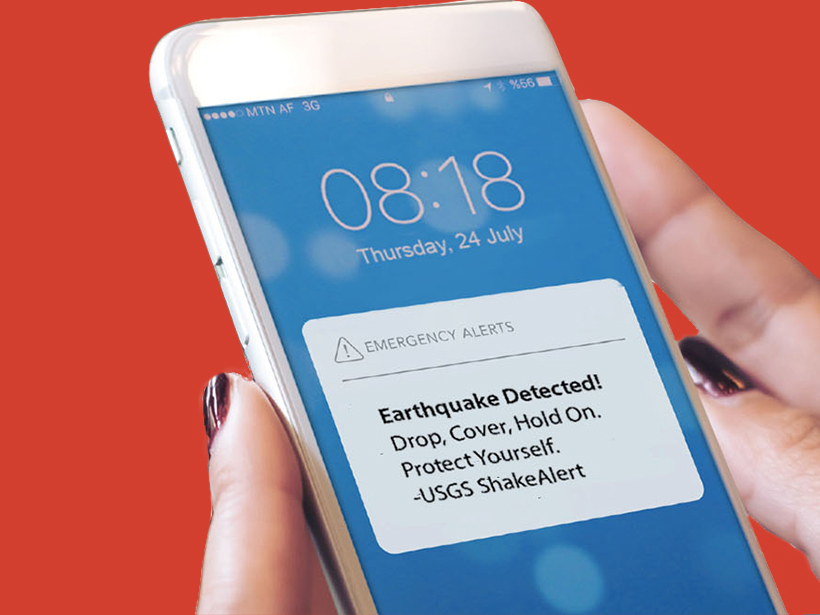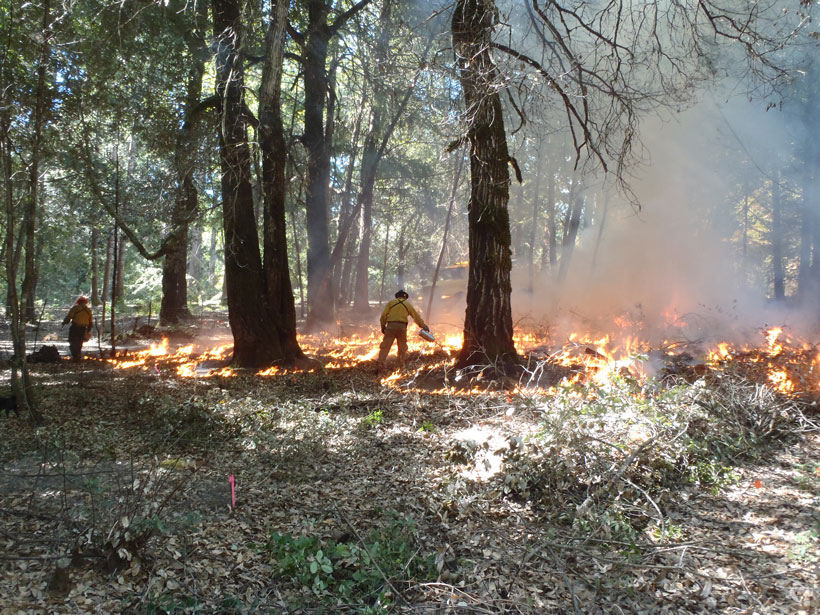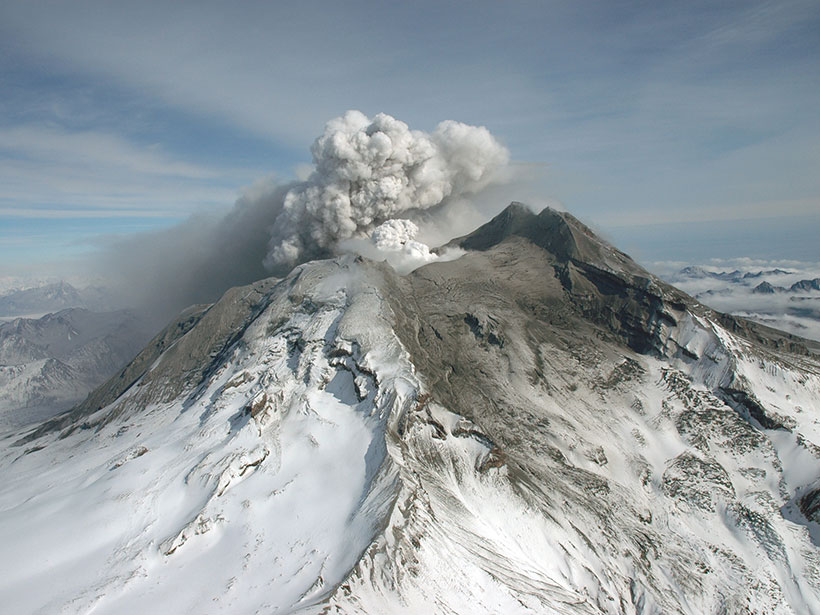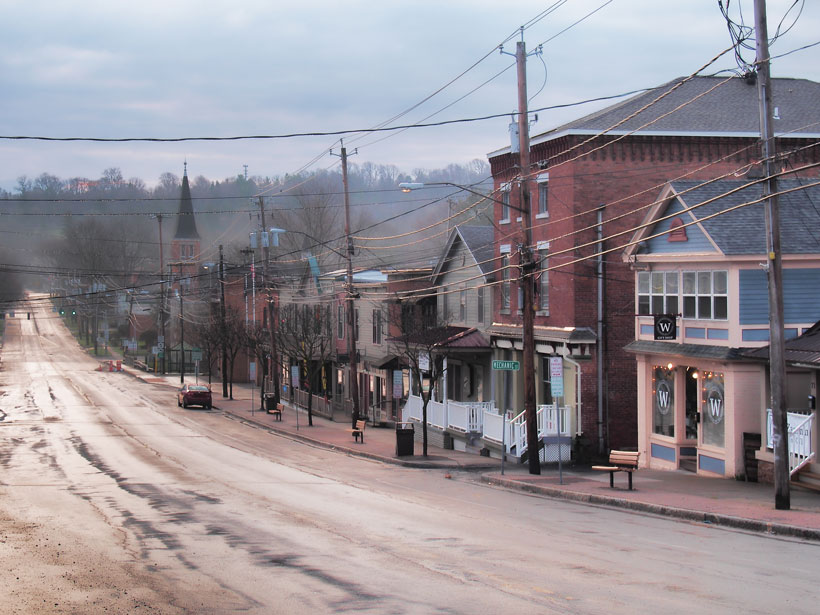From its high mountains to its low plains, Nepal faces growing risks from natural hazards. Preparing for these risks requires accurate, locally relevant risk assessments and effective communications.
disaster preparedness
Forecasters Navigate a Highway to Success Around Lake Victoria
An early-warning system establishes international networks to help communities manage severe weather on Africa’s largest lake.
Earthquake Alerts Go Live in the Pacific Northwest
Oregon and Washington residents will receive an alert on their cell phones if they are in danger from an incoming quake.
Migrant Workers Among the Most Vulnerable to Himalayan Disasters
Critics say companies are failing to develop adequate emergency procedures to protect construction workers on hydropower plants in the Himalayas.
Tackling Challenges of a Drier, Hotter, More Fire-Prone Future
Research is increasingly showing how drought, heat, and wildfire influence each other. Ongoing collaborations provide templates for how best to study these phenomena and plan for their future impacts.
Fire as Medicine: Learning from Native American Fire Stewardship
For centuries, Indigenous peoples have worked to live in harmony with fire. Can integrating such cultural practices into contemporary wildfire management help prevent catastrophic wildfires?
Volcanic Lands Warm Before Eruptions
Satellite data have revealed that ground radiant temperatures around volcanoes rose in the years leading up to eruptions. The observation may help in forecasting future volcanic activity.
Building Equity into Hazards Research
In the March issue of Eos, we look at how scientists who study earthquakes, floods, and other hazards are factoring people into their models.
Building Resilience in Rural America
People in rural communities are often hit disproportionately hard by natural hazards, largely because of in-equitable and inflexible risk reduction policies. But there are ways to change that.
Assessing Social Equity in Disasters
Natural hazard impacts and resources allocated for risk reduction and disaster recovery are often inequitably distributed. New research is developing and applying methods to measure these inequities.

